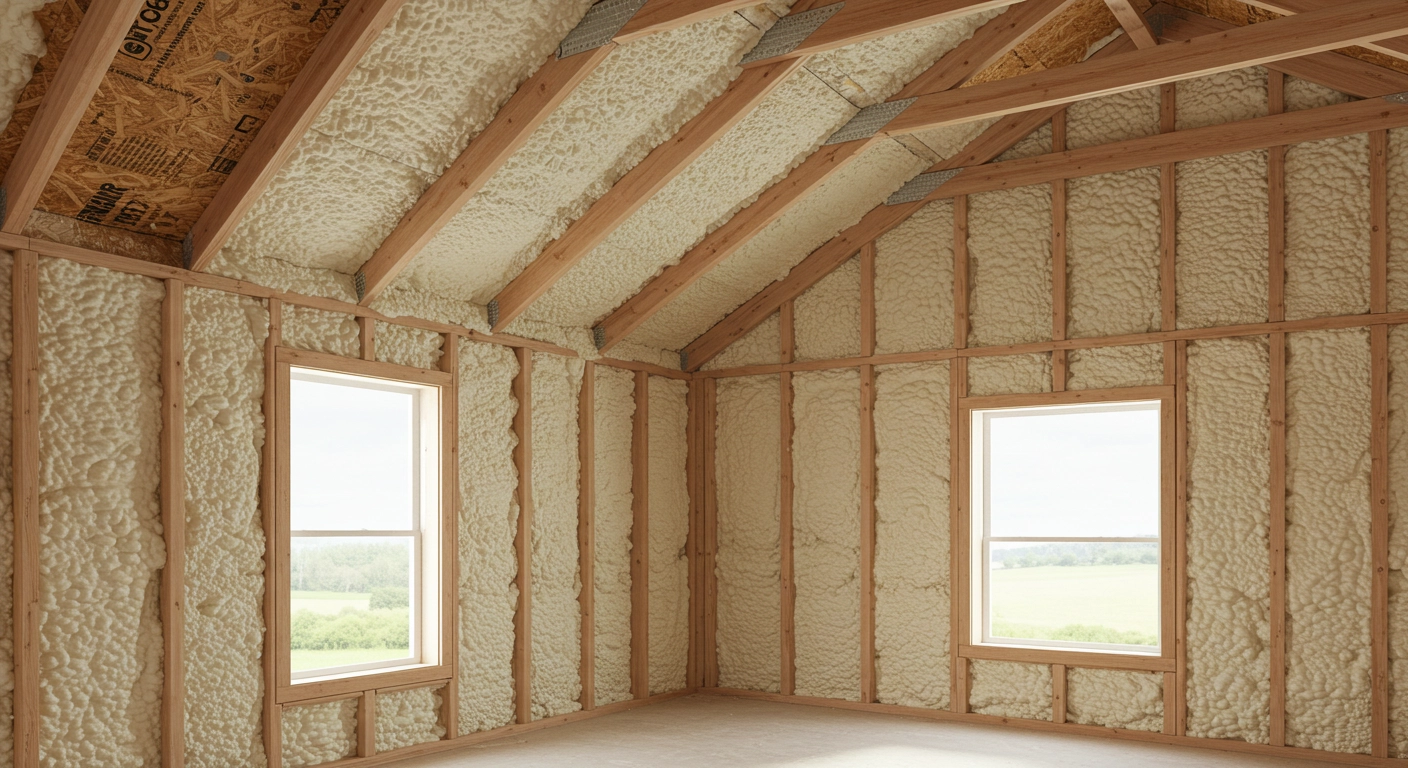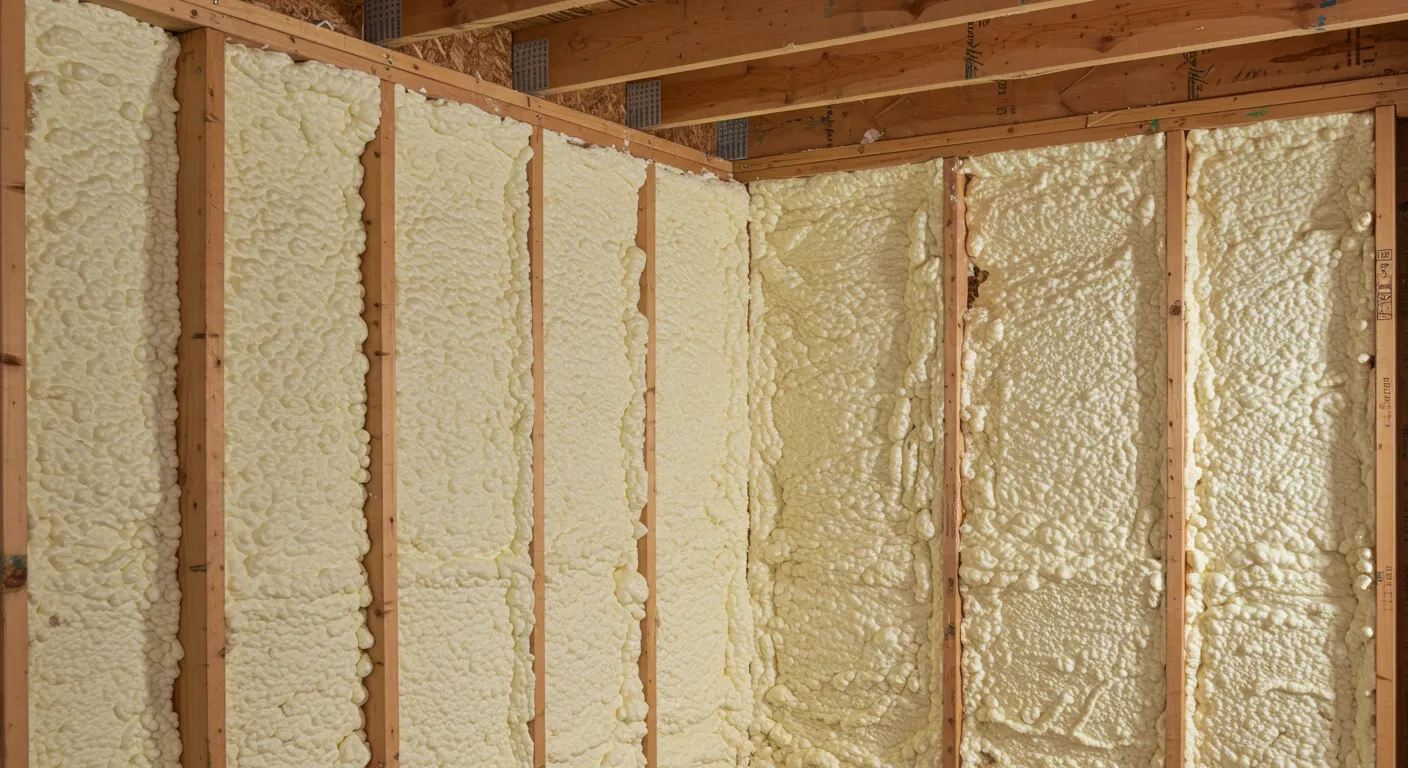
Choosing a reliable spray foam contractor in Leander, TX, comes down to four key factors: experience with regional insulation needs, verified certifications, local references, and transparency in material specifications and installation processes. Prioritize contractors who can explain the insulation process clearly, provide verifiable job site photos, and recommend products suited to Central Texas humidity and seasonal shifts.
Expert contractor should not only meet building code requirements but also advise on moisture control and R-value suitability based on home or business type. This article breaks down what to look for, how to compare options, and how to make an informed decision.
Spray Tech Solutions has years of direct experience working with spray foam systems across residential, commercial, and mixed-use structures. The following guide reflects that hands-on insight.
| Qualification | Description |
|---|---|
| Licensing and Insurance | Active Texas license and proof of general liability and workers’ comp |
| Building Science Knowledge | Understands moisture barriers, vapor retarders, and thermal envelopes |
| Product Manufacturer Certification | Trained by spray foam system manufacturers (e.g., Huntsman, BASF) |
| On-Site Inspection Process | Provides written assessments after evaluating framing, existing insulation |
| Application Equipment | Owns or maintains professional-grade rigs for consistent spray application |
| Warranty Offering | Offers written product and workmanship warranties |
| Contractor Type | Pros | Cons |
|---|---|---|
| Local Specialist | Familiar with Leander’s heat, humidity, and soil conditions | May have limited staff or schedule flexibility |
| General Contractor | Manages full remodeling or construction projects | May outsource insulation to a third party |
| Franchise Installer | Backed by national brand training and support | Quality can vary between franchise locations |
| Independent Installer | Often competitively priced | Risk of inconsistent quality, limited customer support |
| Specification | Open-Cell Foam | Closed-Cell Foam |
|---|---|---|
| R-Value per Inch | ~3.5-4.0 | ~6.0-7.0 |
| Vapor Barrier | No | Yes |
| Density | 0.5 lb/ft³ | 2.0 lb/ft³ |
| Sound Dampening | High | Moderate |
| Expansion Rate | 100x | 30-50x |
| Suitable for Attics | Yes | Conditional (moisture risk areas) |
| Cost per Board Foot | Lower | Higher |
Bonus Tip: In humid zones like Leander, open-cell spray foam can create moisture traps if improperly applied. Verify vapor retarders where needed.

Bonus Tip: Use third-party inspection services to verify foam thickness, curing consistency, and potential overspray issues.
Expect itemized costs, foam type, application areas, depth per layer, and prep/cleanup responsibilities.
Request 3-5 recent client references and verify certifications from major spray foam system suppliers.
Yes, though it requires careful drilling or wall access. Blown-in options may work better for enclosed cavities.
Both have use cases. Open-cell works for attics and interior walls. Closed-cell is better for crawl spaces and exterior applications.
Yes. Spray foam releases gases during curing. Return only after full ventilation, usually 12-24 hours post-application.
Have questions about choosing the right insulation for your property in Leander, TX? Contact Spray Tech Solutions for informed guidance backed by direct experience with residential and commercial spray foam projects.
Phone: (765) 553-4636 Email: sales@spraytechkokomo.com
Properly installed spray foam lasts 30+ years without degrading, assuming no water intrusion or physical damage.
Use thermal imaging and blower door testing to check for leaks or uneven application.
None, unless punctured or exposed to prolonged moisture. Inspect annually for visible cracks or peeling.
Only during curing. After 24 hours, it becomes inert and non-offgassing.
Odors beyond 48 hours, sagging foam, inconsistent surface texture, or cold spots in conditioned space.